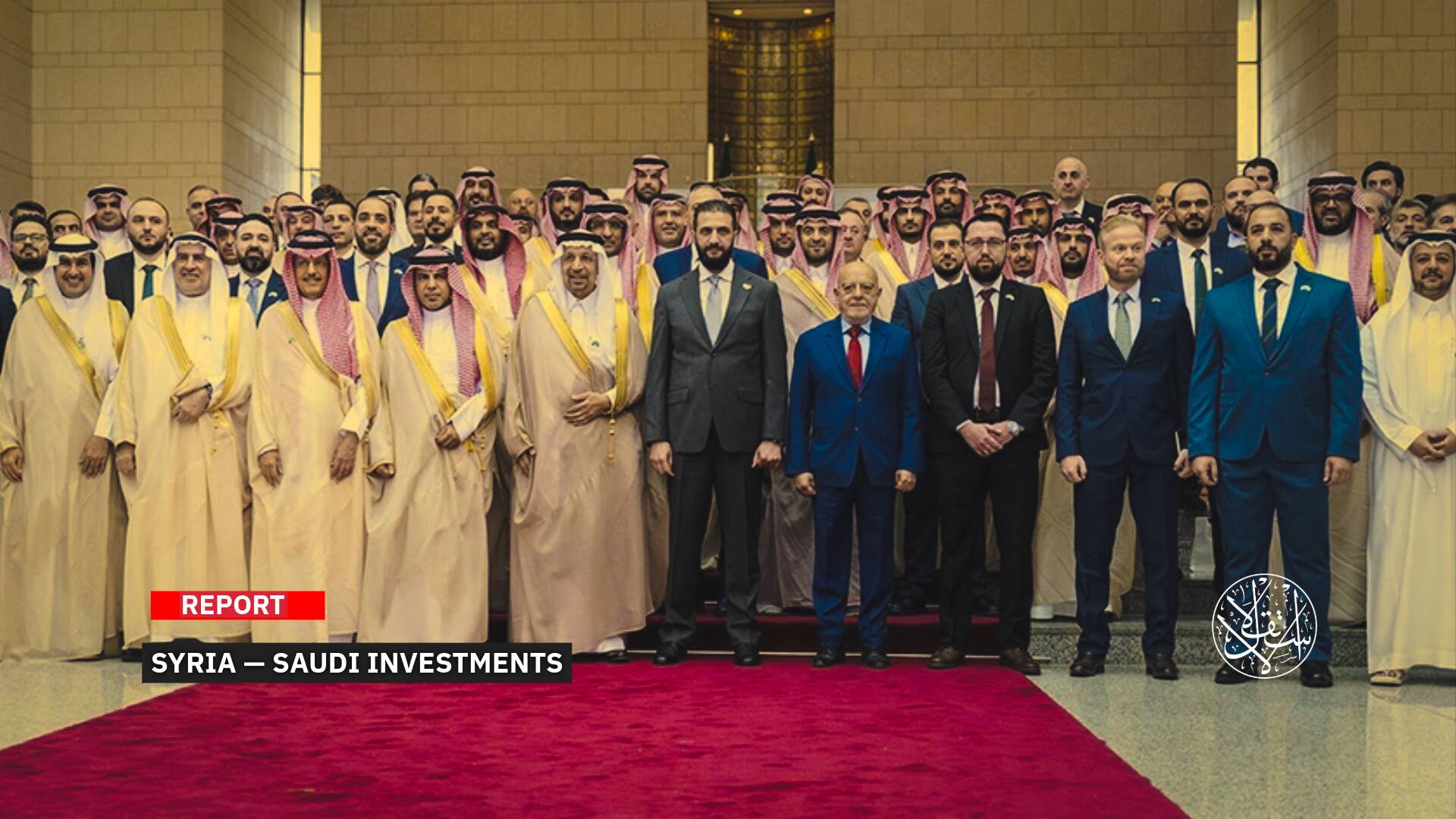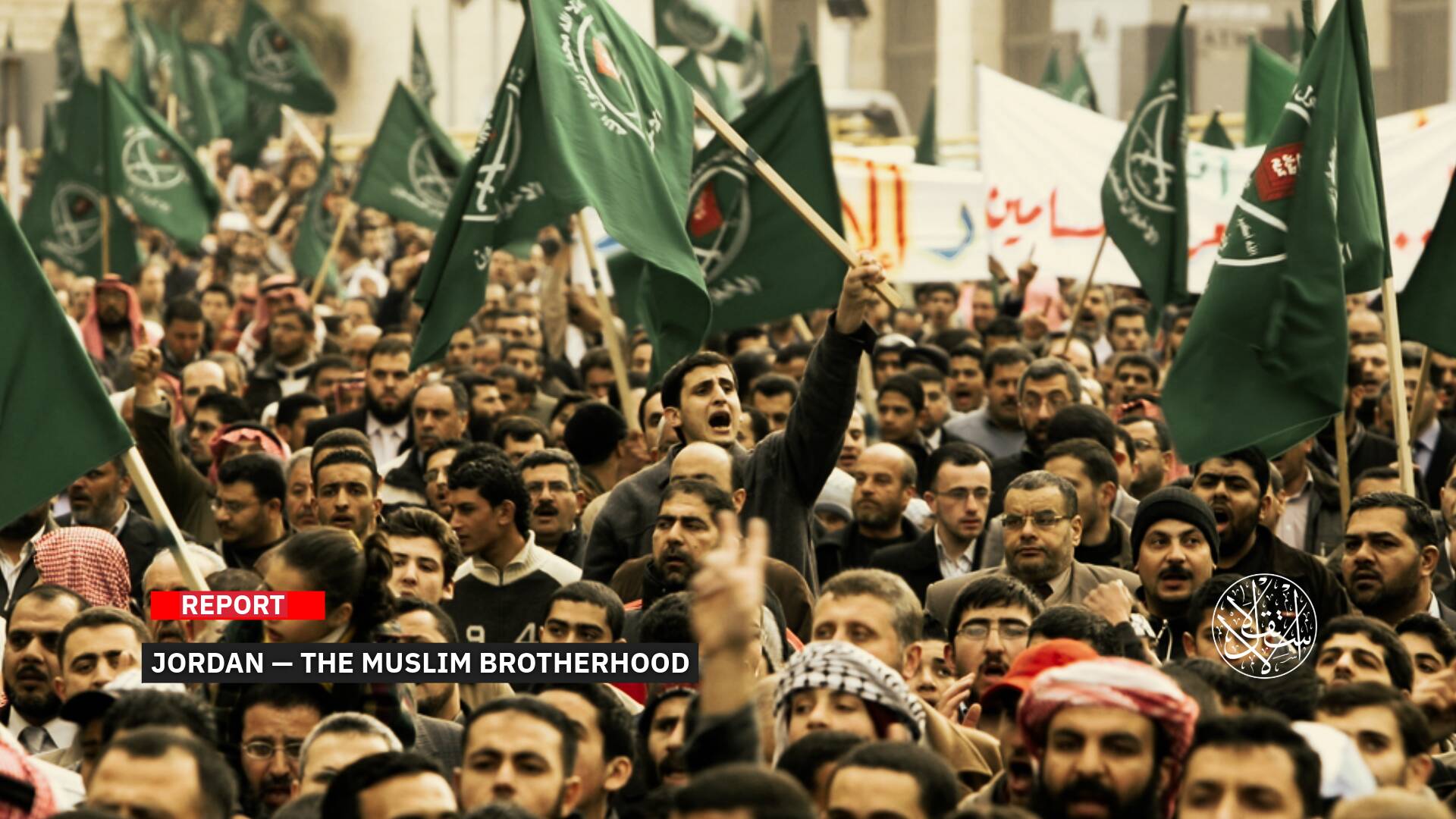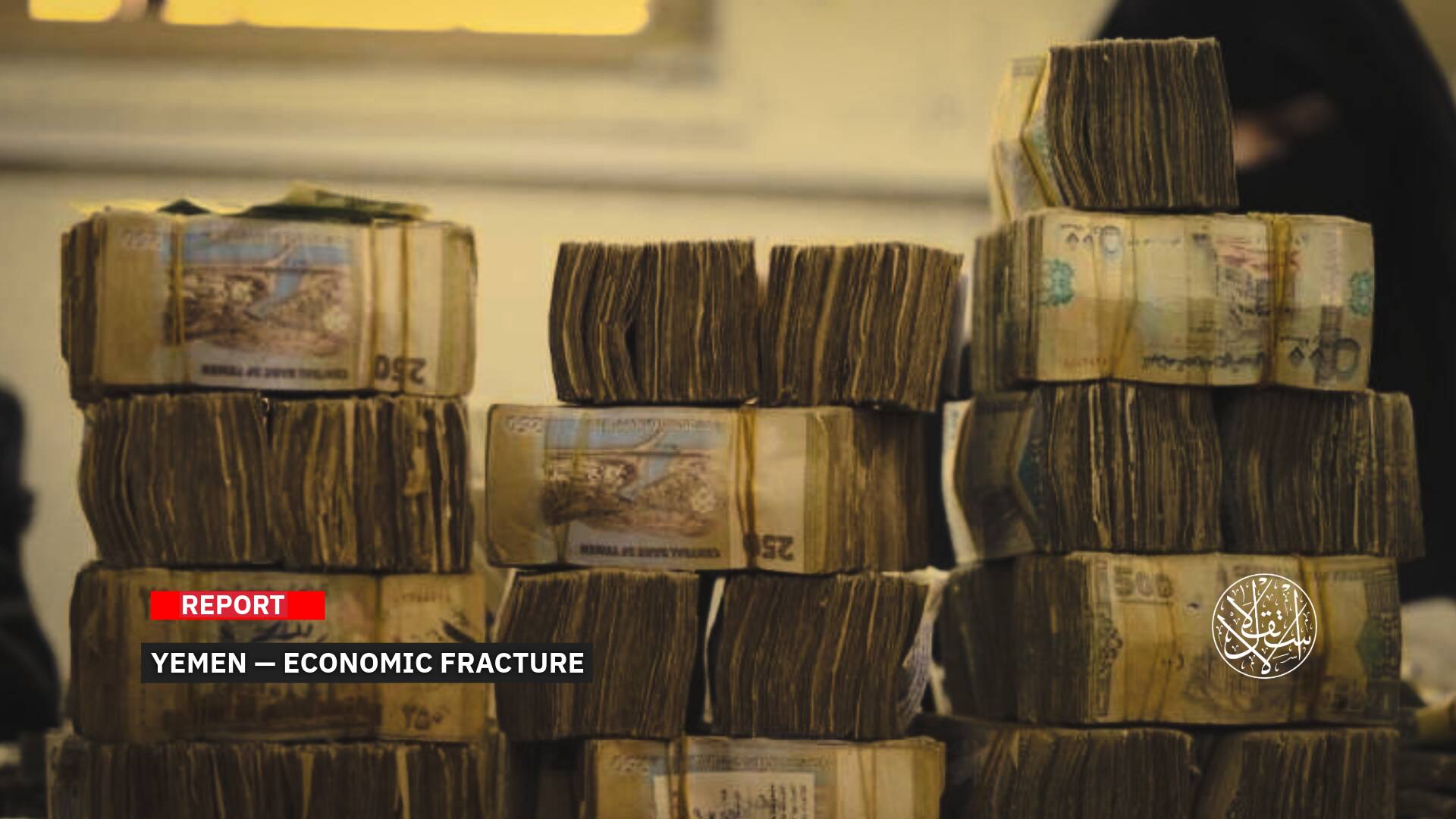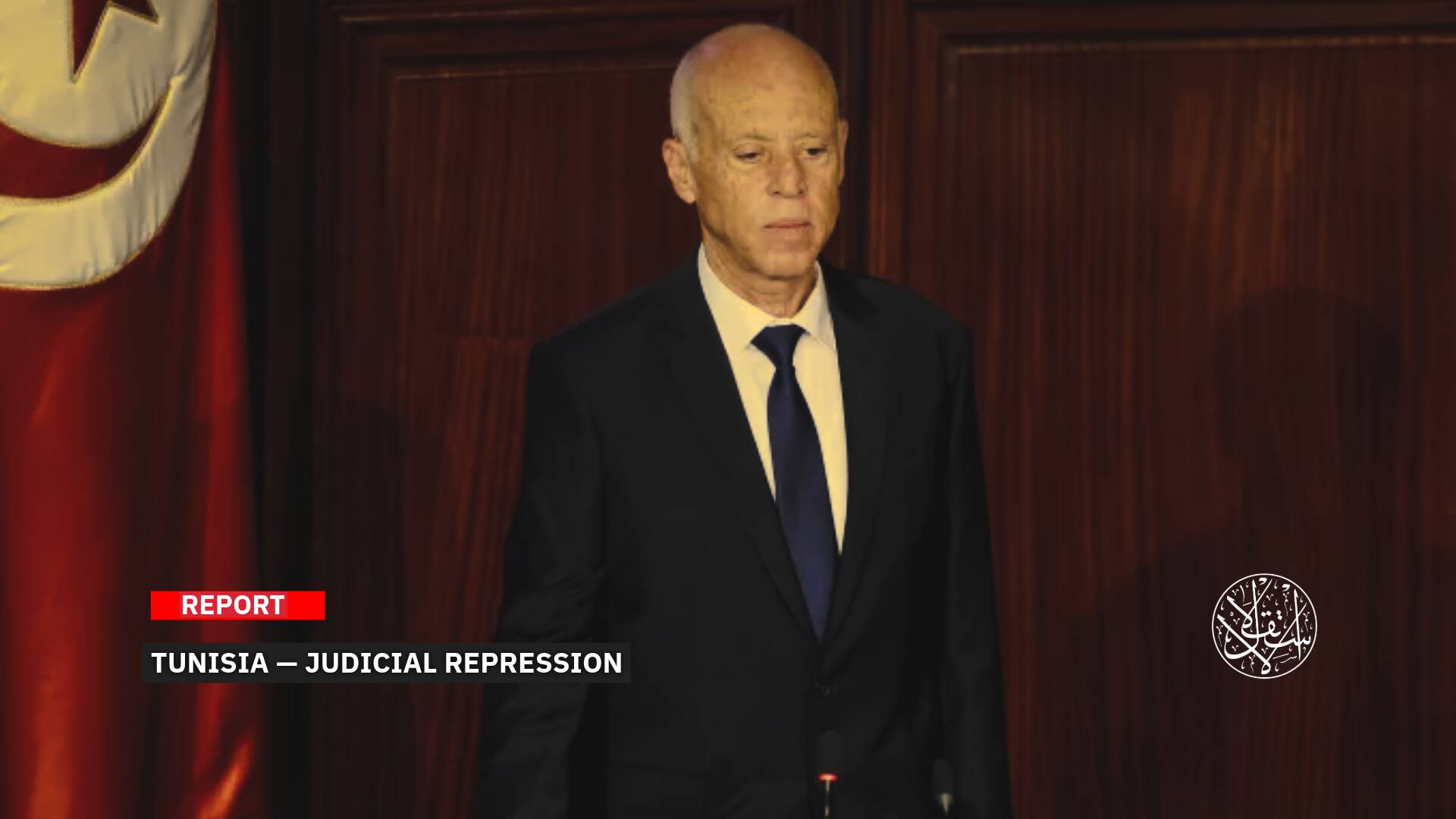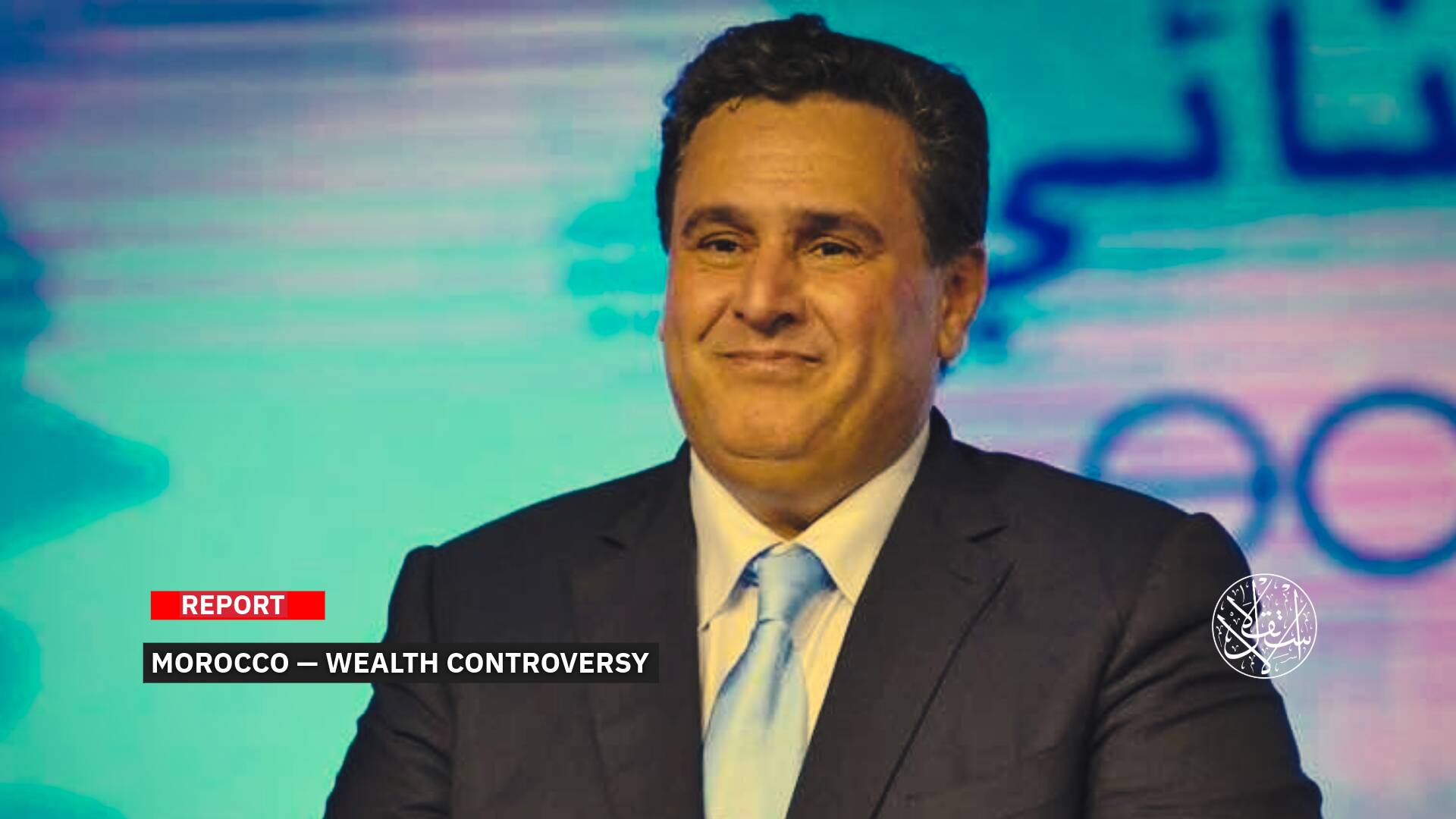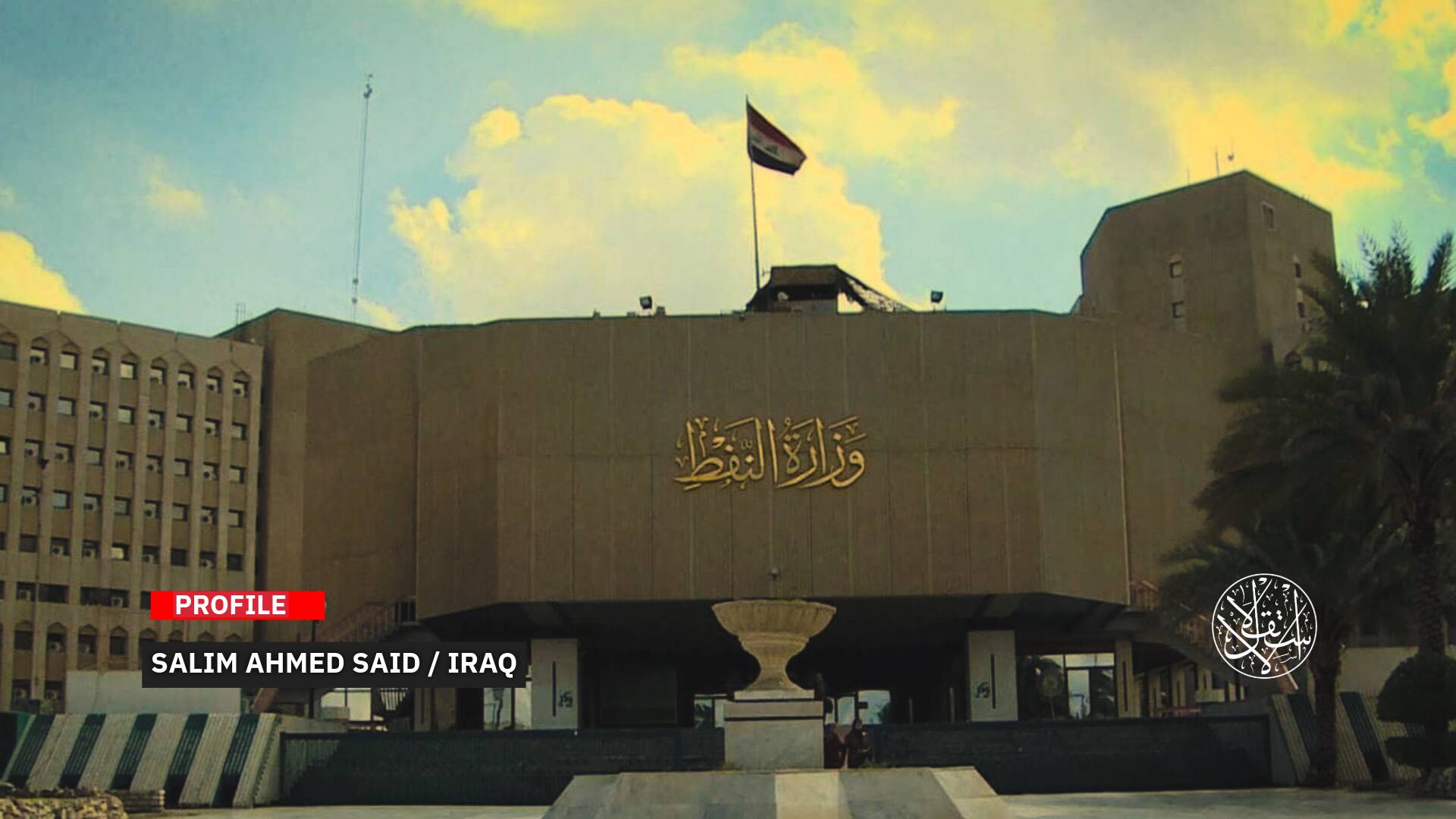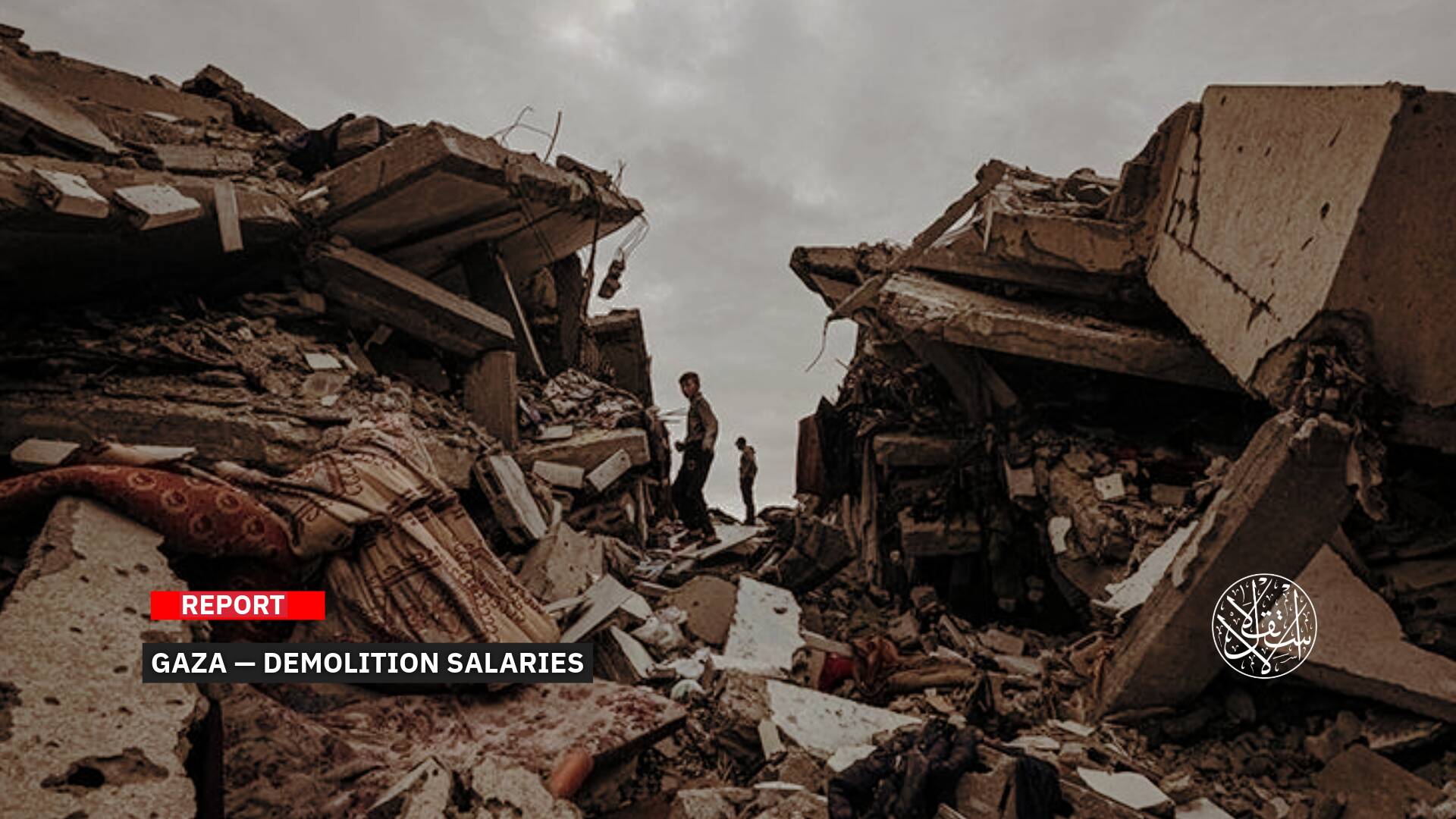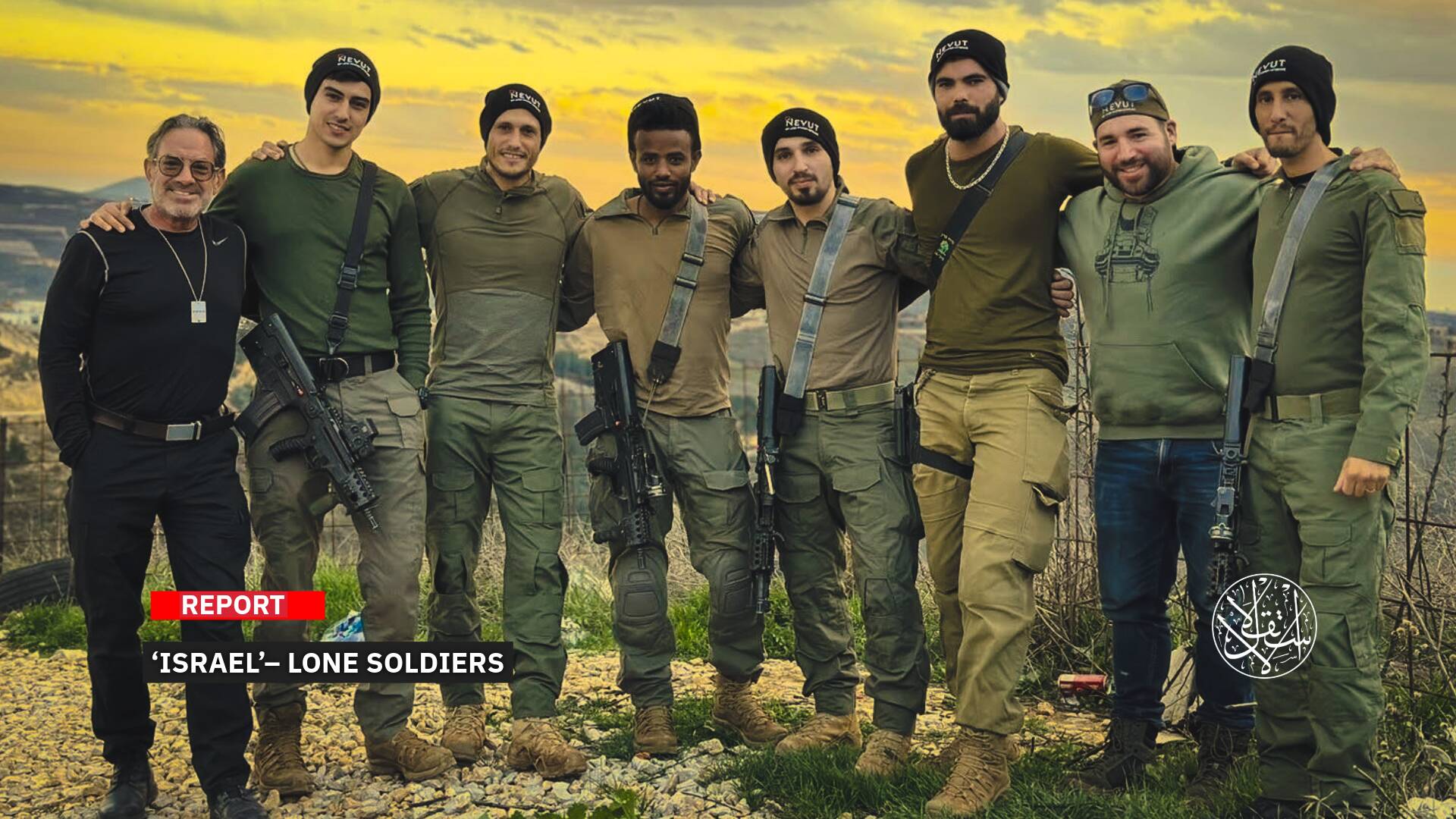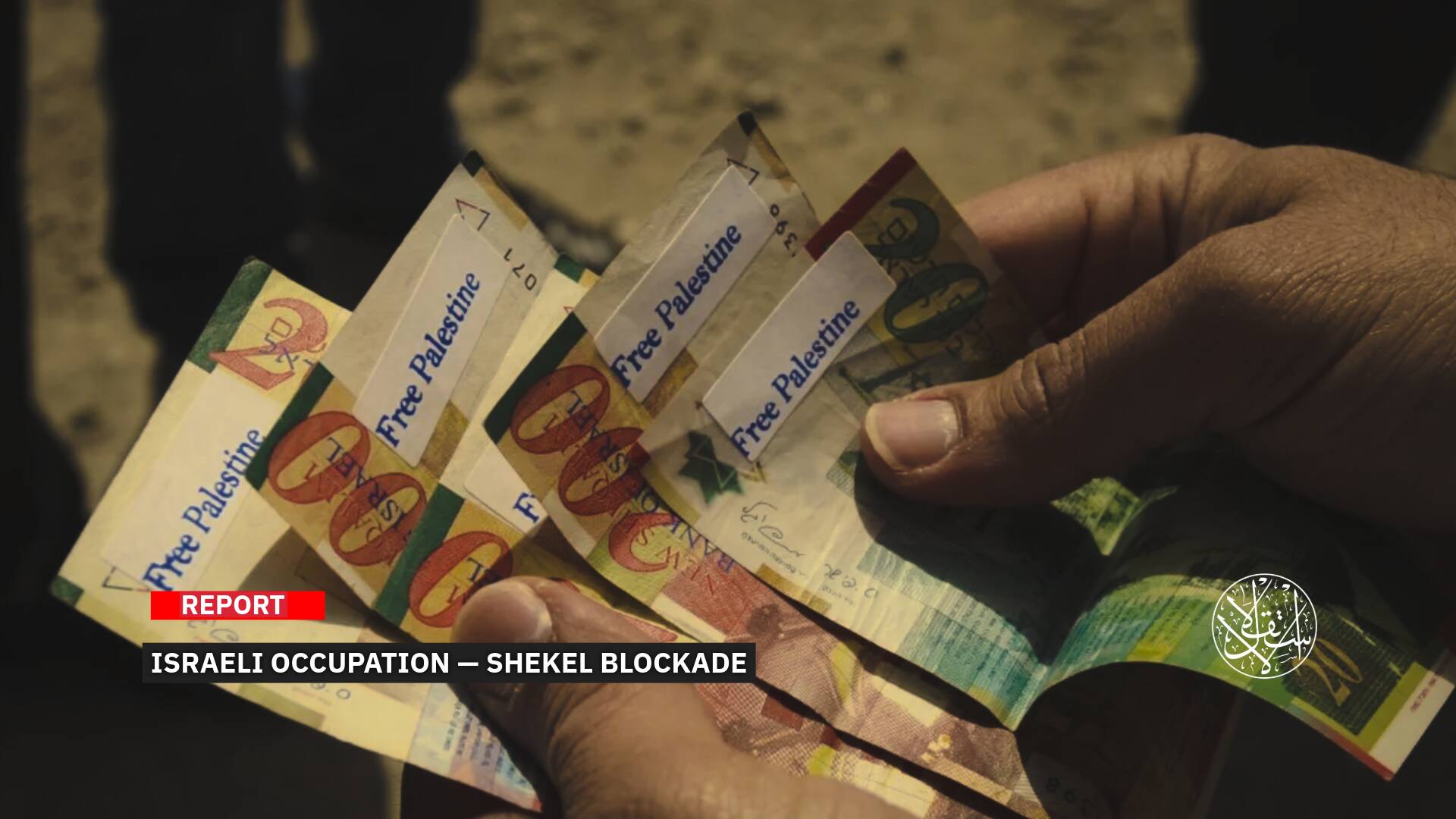What’s Behind Russia’s Withdrawing from Kherson?

Ukrainian President Volodymyr Zelenskyy said in a televised address on Friday, hours after Russia announced it was ending the withdrawal of its troops from the strategic city of Kherson, that special military units had entered the city of Kherson.
Russia relinquished its last foothold in Kherson in southern Ukraine on Friday, allowing Ukrainian forces to move toward retaking the only Ukrainian provincial capital that Russia has managed to occupy, in a victory that dramatically boosts the morale of Ukrainians.
Russia’s defense ministry announced that its forces had ended the withdrawal from the west bank of the river that divides Ukraine’s Kherson at 5 a.m.
The area left behind by Russian forces includes the city of Kherson, the only regional capital occupied by Russia during its invasion of Ukraine that began 9 months ago.
While some suspect that Russia may be setting a trap for advancing Ukrainian forces to retake Kherson, others see it as a “realistic” move within a new Russian strategy after General Sergey Surovikin was appointed Russia’s new commander in Ukraine last month.
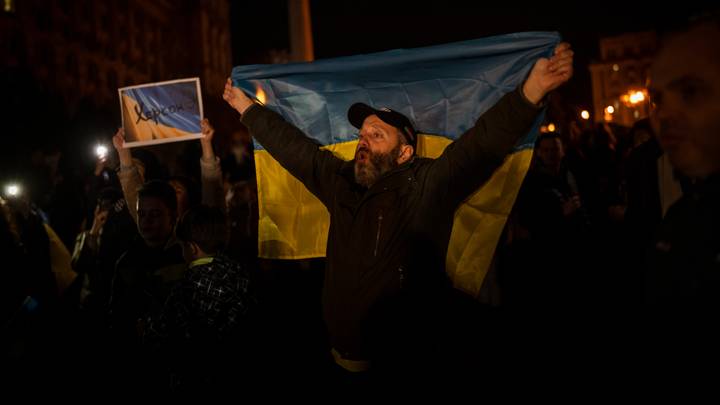
New Tactic?
The determined and candid way Russia announced its plans to withdraw contrasts sharply with how it has presented two previous major withdrawals, from Kyiv in March and from the Kharkiv region in the northeast in September.
Despite Russia’s announcement of its withdrawal from the area, Kyiv said it was worried about the rush and warned it could be a trap set by the Kremlin. Brigadier General Oleksiy Gromov told a news briefing that the actions of Ukraine’s armed forces left Russian forces with no choice but to withdraw.
“But at the moment, we cannot confirm or deny the information about the so-called withdrawal of Russian troops from Kherson. We will continue our offensive operation in accordance with our plan,” he said.
Experts who follow Putin closely said his decision to abandon Kherson was also a reminder of his willingness to make tactical concessions when pressed. On the common saying that Putin never backs down, political analyst Tatiana Stanovaya said it shows once again that Putin can be pragmatic. “Obviously, this decision was a very emotional decision for him, but he made it. It can be rational.”
Military experts have predicted for weeks that Russia will struggle to maintain Kherson because it can no longer support forces that have mostly cut off from its supply lines. Some saw Kherson’s withdrawal as exposing Moscow’s dire military situation on the ground, which is too stark for Putin to ignore Surovikin’s warnings anymore.
russia: the people of Kherson voted in totally legitimate and legal referendum to join russian federation
— Saint Javelin (@saintjavelin) November 11, 2022
The People of Kherson: pic.twitter.com/WWZTjTA7La
Rethinking Strategy
Russia’s strategy for attacking Ukraine is evolving. While the attack did not go as far as Putin and his military commanders had expected in February, they had to constantly change the “theory of victory.”
As winter approaches Europe, Russia is seeking to retain as much territory as possible while preparing for next year’s campaign.
The newly published analytical report by the British newspaper The Guardian believes that Putin intends to “freeze” the conflict while restoring his badly damaged army, as well as assembling and training the large numbers of newly mobilized soldiers, whose announced numbers exceed 300,000 according to official figures.
Putin is in no hurry, especially as he sees the war as a long, large-scale conflict with the West. So his strategy now is to see how things are going by the end of winter and then reassess the strategy.
Russia seemed eager to avoid tactical mistakes made during Kharkiv’s chaotic and disorganized withdrawal, which placed hundreds of pieces of abandoned Russian heavy armor in Ukraine’s hands, military experts said.
Learning from Kharkiv’s lesson and halting Ukraine’s unwanted advance, weeks before announcing the withdrawal, Russian forces spent fortifying defensive positions on the eastern bank of the Dnipro River, where the rest of the army is expected to take up positions.
Historic scenes of jubilation in Kherson following the city’s liberation from Russian occupation. Amazing to think that just weeks ago, the Kremlin tried to convince the world that that these people wanted to join Russia pic.twitter.com/Q6k9LSP9Ht
— Business Ukraine mag (@Biz_Ukraine_Mag) November 12, 2022
According to Mick Ryan, a strategist and recently retired Australian Army major general, Russia’s new strategy is based on 5 key elements:
The first is represented by their strategic narrative that this is a war to resist NATO aggression and eliminate the “Nazis” who run Ukraine.
The second element of Russia’s strategy is the ongoing strategic energy war against the West. Putin still hopes he can take advantage of the cold winter and high energy prices to shape Western public opinion in the northern hemisphere and push forward a European intervention that enforces a ceasefire.
In addition to Russians’ hit on Ukraine’s energy infrastructure, causing power shortages and power outages across the country.
The third aspect of the strategy is the “strategic bombardment” campaign in Ukraine. The Russians are targeting cities, infrastructure, and civilians. It is not clear exactly what the Russians hope to achieve from this campaign.
The fourth pillar of the current strategy is mobilization. In some parts chaotic, Russia’s partial mobilization program is designed to compensate for their personnel losses and rebuild an army for future offensive operations.
There is also an industrial aspect to this, which aims to replace lost equipment and improve the production of military manufacturing.
The final part of Russia’s strategy is to retain territory already seized by Russian forces. This includes parts of five Ukrainian states that Putin officially announced in September.
Western Response
Ryan suggests that in the medium term, continued Western help in the form of equipment, training, funding, and humanitarian aid will be a crucial component of any response. It will require time, money, and strategic patience from the West for Ukraine to succeed.
He says that it will still be crucial to employ the Ukrainian “strategy of corrosion,” which targets Russian C2, logistics, and morale. But as the Russian campaign changes, it will need to adapt. The Ukrainians must triumph in the struggle against learning and adaptation, both on the battlefield and in the conflict for strategic knowledge.

He adds that the generation and employment of Ukrainian combat forces need ongoing support. A larger array of air and missile defense and counter-drone technologies will be required, including armored fighting vehicles, munitions, intelligence support, and training.
“Finally, the Ukrainian strategic influence campaign will remain critical. It is an important part of sustaining Western political and public support for the war. While wars are never pleasant, this is the right war that must be fought now, and it must be fully supported by the West.”
He concludes by saying that “the war will not stop in the coming winter, but it will be fought at a different tempo. And it provides political and military leaders an opportunity to plan for what is likely to be a brutal and bloody year ahead.”


